The missing piece of your thyroid wellness puzzle
Have you been told everything is 'normal,' yet still struggle with constant fatigue, hair changes, or weight challenges? Many people feel this way and wonder if there's more to the story.

Hello, I'm Tanja Fellenberg and eight years ago I embarked on a journey to better understand my health.
I felt tired and lethargic constantly, had digestive discomfort, and noticed changes in my body that didn't make sense.
Despite maintaining a healthy diet, it seemed almost impossible to manage my weight effectively.
This was despite the fact that I was mindful of my eating habits and stayed active.
But the worst part was the constant fatigue. Almost every afternoon I completely collapsed.
The initial treatments helped, but I knew there was more to the story.
What I didn't realise at the time: feeling unwell can be complex, often leading to various challenges in the body.
Our body's energy production and hormone balance are like a finely tuned orchestra - when one instrument is off, the whole symphony can be affected.
When we're not feeling our best, it can impact our liver function and digestion.
The challenges can pile up, and it's difficult not to feel caught in a downward spiral.
Looking back and armed with my current knowledge, I can see how all of my symptoms were interconnected.
Over the past two years, I've been able to address almost all of my wellness concerns and turn that downward spiral into an upward one.
My overall health has improved significantly, and I've been able to reduce my reliance on certain supplements.
In this blog, you will learn:
- How certain glands in your body influence overall energy and metabolism
- Why you might still feel unwell despite taking supplements, even when tests suggest otherwise
- The limitations of common nutritional approaches to boosting energy and vitality
- An often overlooked factor that can significantly impact your overall wellbeing and vitality
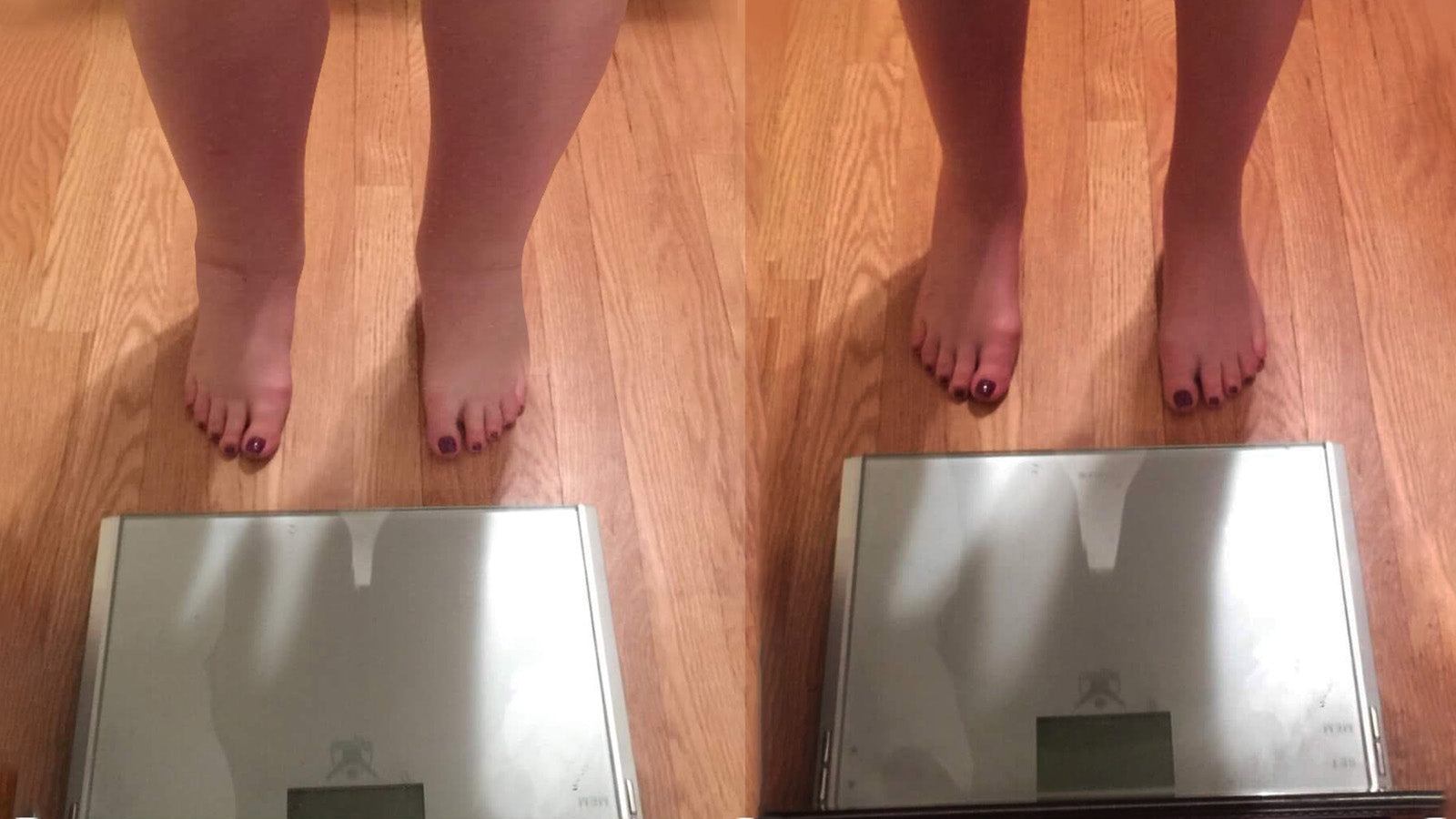
My transformation
Back to my personal story
When I had enough of my constant fatigue, I decided to seek professional help. After some tests, my doctor noticed that one of my hormone levels was out of balance.
At the time, I didn't fully understand what this meant, but I knew it was significant. I learned that this particular hormone plays a crucial role in regulating our body's energy production and metabolism.
When I received my diagnosis, I was initially relieved - I was no longer completely in the dark. At last, I had an explanation for how I was feeling. My doctor gave me hope that we could address this issue.
This brings us to the topic of 'correctly adjusting' the treatment. If you're experiencing similar symptoms, you might be familiar with this process:
My doctor prescribed medication to help balance my body's hormone levels. I started with a low dose, which is common practice.
"Now that we're working to rebalance your system, you should start feeling better," my doctor said.
Full of hope, I began my new wellness routine.
I went to the pharmacy, got my medication, and took it for a while.
Somehow, nothing happened except I took the pills as part of my morning routine.
Over time, my doctor gradually increased the dosage.
I went to the doctor again and was told, “Hello, Mrs. Fellenberg, your test results have improved significantly."
Yes, my test results were better on paper. But what good are optimal test results if I still felt unwell?
So my journey continued, with increasing doses of pills. Despite this, I felt weaker than ever before.
Blood values were good, but I felt weaker than ever before
With this in mind, I started looking for alternative solutions. It was frustrating to be repeatedly told that everything looked good on paper when I didn't feel that way at all.
I knew I had to take matters into my own hands. It was clear that simply relying on pills wasn't the complete answer for me.
Over Christmas of 2022, I made a crucial discovery. My best friend gave me a book about holistic wellness approaches.
Normally, I'm sceptical about these types of books, but I decided to give it a chance. The author had experienced similar health challenges and knew the symptoms I was experiencing all too well.
From weight management issues to energy problems to lack of motivation, everything was addressed. Like me, the author had to take charge of their own wellness journey.
And what a revelation it was - the author managed to significantly improve their wellbeing through a comprehensive approach.
Curious, I started reading…
A discovery that changed my life forever
The author explained in a humorous way how our body's energy production system works.
I learned about the intricate balance of hormones and how they affect our overall health and vitality.
This book helped me understand that there's more to wellness than just looking at numbers on a test result - it's about how we feel, our energy levels, and our overall quality of life.
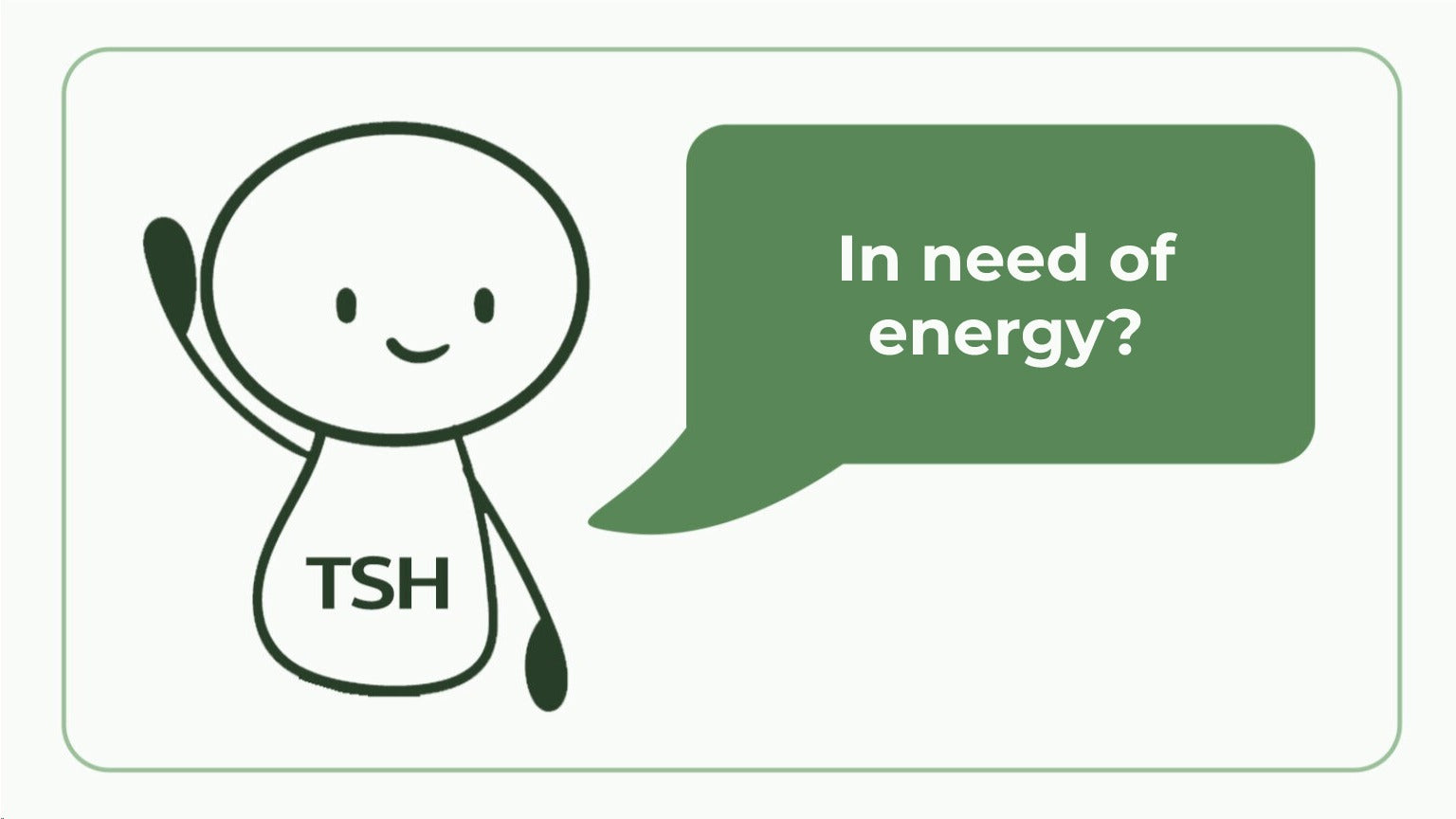
The pituitary gland sends a signal to the gland:
“Dear thyroid, please produce hormones, we need energy.”
Energy is crucial for many aspects of our well-being, such as:
– Providing warmth when you are cold
– Ensuring energy to wake up
– Regulating cycles
– Regulating the digestive tract
– Stimulating hair growth
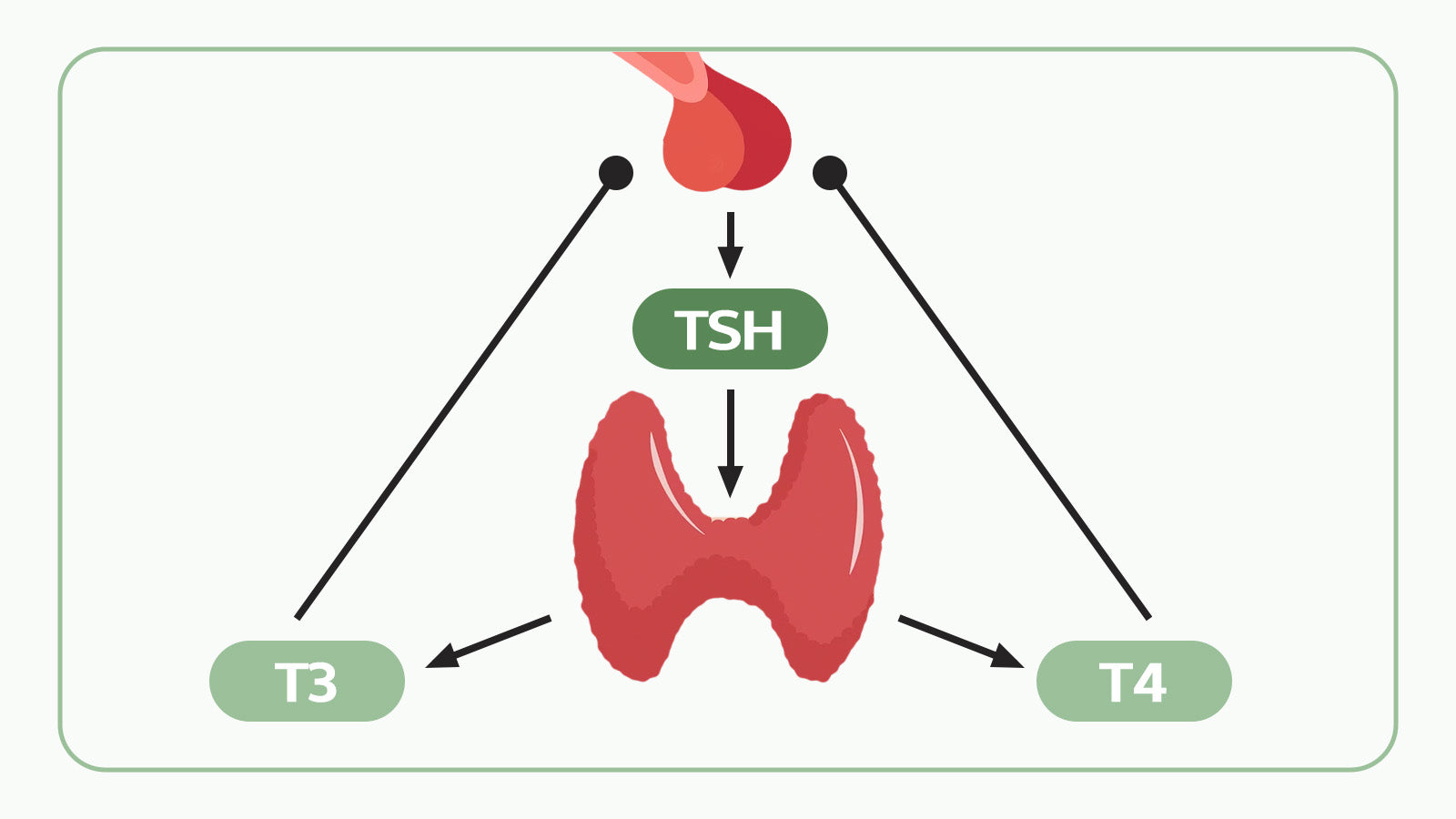
But in my case, something wasn't quite right...
According to my doctor, my test results had improved. Despite this, I felt worse day by day.
I wondered what needed to be done so that I could improve how I felt, as well as the numbers on my results.
From my reading, I learned that it's not enough to just produce more thyroid hormones:
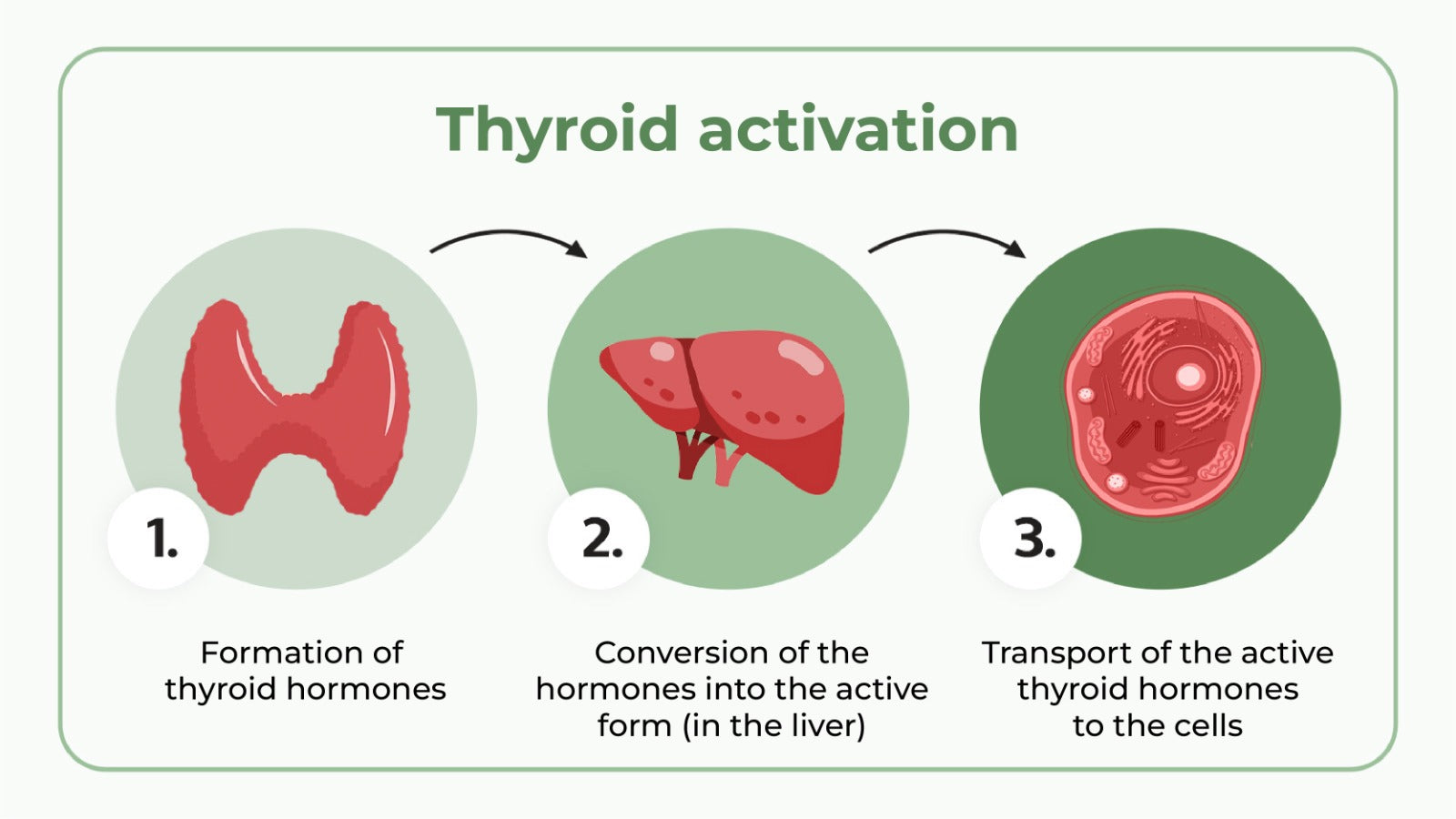
It is only when these steps fit together perfectly that energy production in the cells works optimally.
When everything is functioning well, we feel energetic, we're not tired, and we don't have cold feet.
When your metabolism is working efficiently and sluggishness is gone, you can probably imagine the positive impact on your overall well-being.
I'll explain how you can support your body's energy production system, so that vitality (and your zest for life) returns.
Step 1: Supporting hormone production
When one gland sends a signal to another, something special happens in the small cells of the receiving gland.
It produces a particular hormone that plays a crucial role in our body's energy regulation.
Many healthcare providers focus solely on this step - they see certain levels in blood tests and prescribe pills to address the issue.
Unfortunately, that alone is often not enough.
Step 2: Activation of hormones
However, your body cannot do much with this hormone alone in its initial form.
It's essentially a preliminary stage.
Only when this hormone is converted into its active form do magical things happen in your body!
This activation largely takes place in the liver with the help of specific enzymes.
Step 3: Transport of active hormones into the cells
Once activated, these hormones need to reach their destination to release energy into the cells.
This is achieved with the help of transport proteins.
These proteins need the right nutrients to effectively transport the hormones in the blood and into the cells.
Once the hormones arrive in the cells, energy can be produced!
This simplified explanation helps illustrate the complex process of energy production in our bodies, highlighting the importance of each step in maintaining overall wellness.
Back to my test results
My test results had returned to what my doctor considered a normal range - all thanks to the pills I was taking. So from my doctor's perspective, everything was fine.
My body had enough of the initial hormone form, yet I still felt unwell.
That means my symptoms could only have come from one of two possibilities:
- Either the initial hormone form could not be converted into its active form,
- Or the active form couldn't connect properly to my cells.
There were only these two options. Either way, it couldn't have been because the level of the initial hormone form was too low.
Why does the conversion from the initial to the active form often not work effectively?
Recall that the activation of the hormone occurs mainly in the liver.
There is an indicator that shows whether this activation process can proceed properly:
The level of a particular antioxidant in our body.
The expert Dr. Dorothea Leinung writes in one of her articles:
"When our body produces thyroid hormones, it also produces free radicals. If there isn't enough of this particular antioxidant to control this oxidative stress, it can affect other tissues."
As early as 1988, a link between this antioxidant and the hormone activation process was established and documented in a study.
This information helped me understand that there's more to wellness than just having "normal" test results.
It's about how well our body can use the hormones it produces, and how effectively it can protect itself from the stress of these processes.
This insight was a crucial step in my journey towards feeling better and more energetic.

Antioxidants are essential in our body's health and energy production.
One particularly important antioxidant is composed of three amino acids: cysteine, glycine, and glutamic acid.
Research shows that another amino acid, L-methionine, plays a key role in protecting the liver against oxidative stress.
Methionine is a precursor to cysteine, one of the three amino acids in this important antioxidant.
To summarise the issue:
Simply taking a pill to supplement hormones may not be enough because it's still in an inactive form.
This hormone needs to be converted into an active form, a process that takes place in the liver.
The active form can then release energy into your cells via transport proteins.
It is only when these metabolic processes function properly that energy can be released effectively, which may help to address symptoms like fatigue.
In this way, you may be able to support your body's energy production system to function optimally again!
Amino acids play a particularly important role in this conversion process.
Finally, I discovered the missing piece of the puzzle
After reading these studies in detail, I did some deeper research to better understand the connection between amino acids and thyroid health.
The parallels between thyroid problems and amino acid deficiency became clearer as I did more research.
So I began thinking about whether I could be struggling with an amino acid deficiency too.
Most people – including myself, for a long time – believe that they get enough protein and, therefore, all the essential amino acids from their normal diet.
In fact, this is often not the case!
Women in particular may not consume enough complete protein sources, which are essential for hormone conversion and transport in our cells.
It's even more challenging for those following vegan and vegetarian diets.
The protein sources are all completely different in their nutritional value.
A measure of how well a protein provides all essential amino acids is the DIAAS (Digestible Indispensable Amino Acid Score) value.
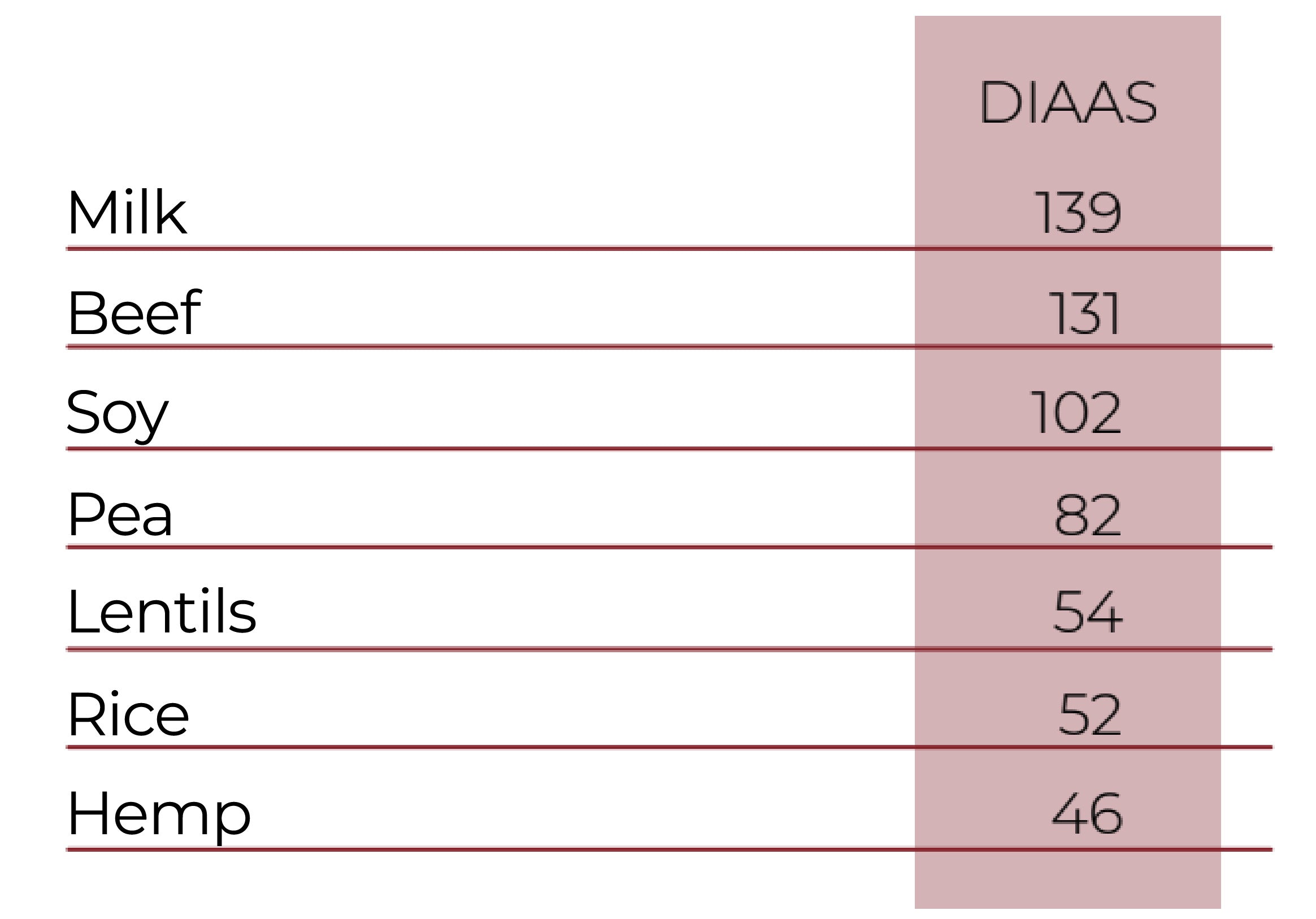
Animal protein generally has a higher biological value than plant protein.
In fact, I now believe that many people with energy production issues may have amino acid deficiencies.
This is due to two main factors:
#1: We may have a higher protein requirement than we realise
People with certain health conditions may have a much higher protein requirement.
This is because the liver plays a crucial role in protein synthesis, protein breakdown, detoxification, and amino acid metabolism.
An overworked liver can lead to a buildup of toxins and increase the consumption of amino acids necessary for detoxification.
If demand is very high, you will run into a shortage much faster.
The standard recommendation is that a healthy adult consume at least 0.8 g of protein per kilogram of body weight.
However, for some individuals, at least 1.5 g of protein per kilogram of body weight may be recommended.
For a woman weighing 70 kg, that is more than 100 g of protein per day.
When was the last time you consumed 100 grams of protein per day?
I have almost never had such high protein consumption.
#2: Potential digestive issues
If you have digestive problems like I did, there is unfortunately a good chance that you cannot fully absorb many nutrients.
This means that even if you eat a lot of protein (in the form of meat, shakes, eggs, or dairy products), you can still potentially have an amino acid deficiency.
One wellness expert writes:
"Many people, even when they consume adequate amounts of protein, cannot digest the protein properly and their body cannot absorb these nutrients efficiently."
This is because the protein supply (so-called proteolysis) may not work properly.
During proteolysis, the protein is digested and the amino acids in the protein are absorbed by the body.
If proteolysis doesn't work efficiently, the body is not able to get enough amino acids.
If you have digestive issues, certain genetic variations, a lack of stomach acid, or liver problems, the proteins you diligently consume may not be properly absorbed.
If you are reading these lines and experiencing fatigue or other symptoms related to low energy, a crucial question arises:
Could you potentially have an amino acid deficiency?
Why might your body struggle to convert and use thyroid hormones effectively?
#1: Many people may be deficient in essential amino acids because the requirements are very high and many people have poor digestion.
#2: The liver – a key organ in many metabolic processes – may be limited in its function. More precisely: certain antioxidant levels might be too low and may need to be increased with amino acids.
Amino acids and the thyroid gland
From that moment on I understood: I needed essential amino acids.
I had to support my body in such a way that it can effectively convert and use hormones, and ideally, at some point, even be able to produce enough on its own (hopefully without medication).
The only question was which option to choose:
- Option 1: I eat more protein-rich foods and check which foods have the highest bioavailability,
- Option 2: I take the essential amino acids directly.
I chose the quick option, which I call the "Amino Direct Method".
By consuming the essential amino acids in their pure form, digestion is not put under pressure.
This was especially beneficial for me because my intestines were still causing problems at that time.
Moreover, it is much cheaper than eating meat every day.
But before I started looking for a suitable amino acid product, I had to figure out which amino acids I absolutely needed.
Which amino acids are especially important for overall wellness?
First you need to understand a few basic concepts:
- Proteins consist of amino acids arranged in different structures. There are so-called essential and non-essential amino acids.
- The body cannot produce essential amino acids itself. So they have to be brought in from outside.
- The body can produce non-essential amino acids itself, but only if you have enough essential amino acids.
This information helped me understand the crucial role of amino acids in our overall health and energy levels, and guided me towards a more targeted approach to improving my wellness.
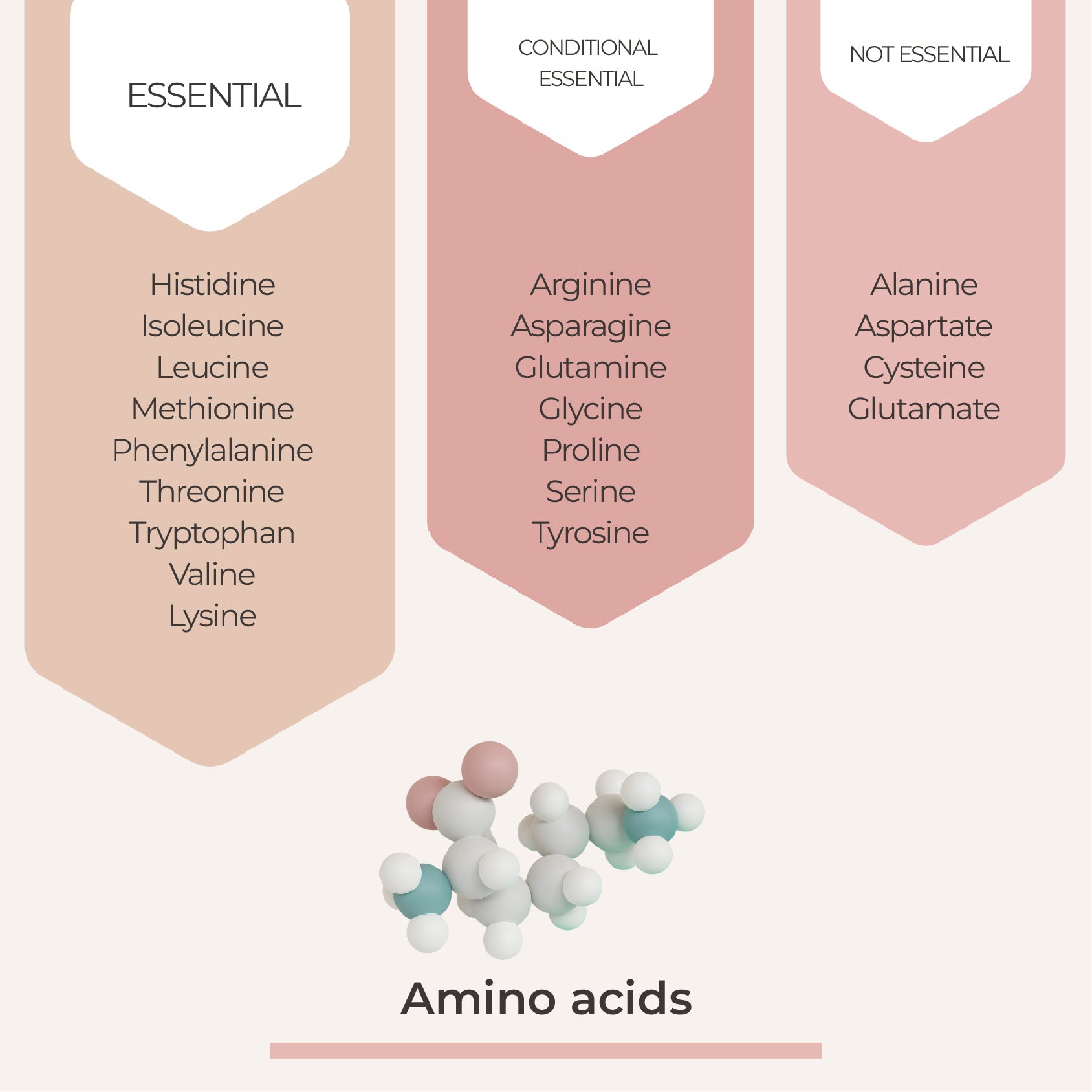
The most important essential amino acids for overall wellness
The following amino acids cannot be produced by the body itself and are especially important for maintaining energy levels and overall health:
L-Methionine for hormone conversion
Methionine serves as the starting point for the synthesis of important antioxidants in the liver. It's crucial for the activation of thyroid hormones in the liver.
Methionine is also important for the absorption of zinc and selenium. A methionine deficiency may affect the absorption of these important trace minerals.
This means that even if you consume a lot of zinc and selenium, there's no guarantee that your body will be able to use it effectively without sufficient methionine.
L-Phenylalanine for hormone production
Phenylalanine is the raw material for the even more important tyrosine, a basic component of thyroid hormones.
If you supply the body with phenylalanine, it can then produce tyrosine. Tyrosine is then further processed in combination with iodine to form important hormones.
L-Lysine for energy and immune support
Lysine plays a major role in immune cells, so a deficiency might make people more susceptible to viruses.
In addition, lysine is necessary for the absorption of iron. This could explain chronic fatigue and exhaustion in some individuals.
Addressing a lysine deficiency may help iron to be better absorbed and you might feel more active.
The most important non-essential amino acids
Once you have covered all the essential amino acids, the body can also produce non-essential amino acids itself. These are also important:
Tyrosine for hormone production
Tyrosine is a precursor for the production of thyroid hormones.
Without adequate tyrosine, these hormones cannot be produced in sufficient amounts, which can lead to decreased metabolic performance and other health issues.
To support the body's natural hormone production, it's important to ensure that the body always has ample tyrosine.
Glutamine, cysteine, and glycine
These three amino acids together form an important antioxidant that's crucial for liver health.
As explained earlier, antioxidants are especially important for the conversion of thyroid hormones.
But they also have many other positive effects on liver health.
Understanding the role of these amino acids can help us to support our overall wellness, energy levels, and metabolic health.
However, it's always important to consult with a healthcare professional before making significant changes to your diet or supplement regimen.
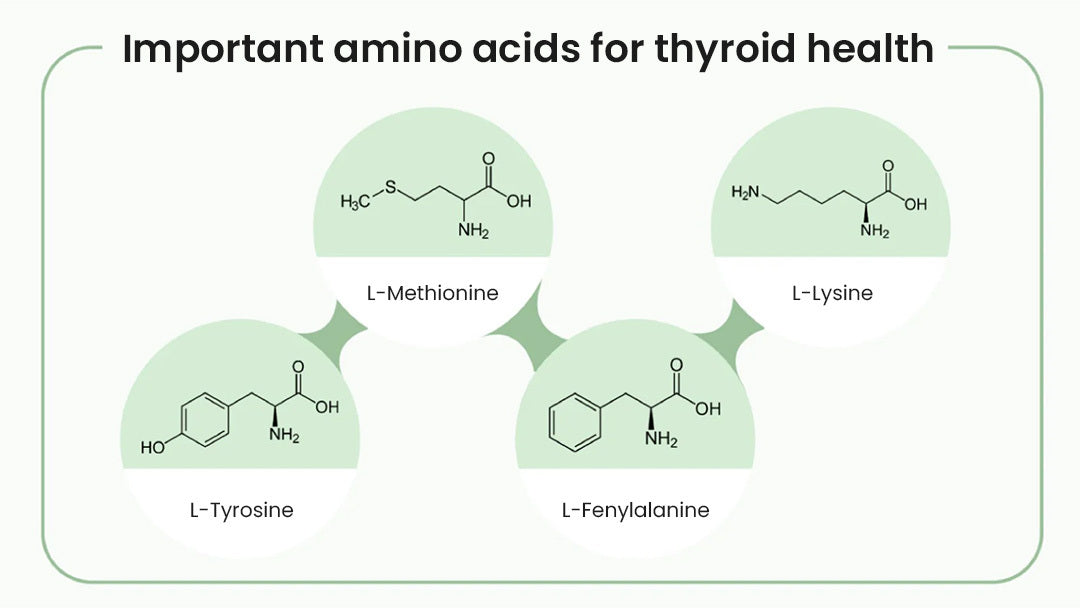
Experts recommend these amino acids for overall wellness and energy
The genius of essential amino acids
If sufficient essential amino acids are available, the body can also produce non-essential amino acids itself.
For example, the non-essential amino acid L-cysteine, which has positive effects on overall health.
Or the amino acid L-glycine, which is important for various bodily functions.
So you get all the necessary amino acids and at the same time you can support your body's natural processes.
The Master Amino Pattern (MAP)
Amino acids are discussed in the book I mentioned above – namely in the chapter on useful nutritional supplements.
However, the book does not only recommend the normal amino acids that you can find in any pharmacy.
It also recommends mino acids based on the so-called Master Amino Pattern (or Human Amino).
The Master Amino Pattern was developed at the International Nutrition Research Center (INRC) in Florida by Prof. Dr. Luca Moretti.
This involves a carefully balanced combination of the eight essential amino acids.
When these amino acids are properly dosed and mixed, they can be efficiently absorbed by the body through the mucous membranes.
The high bioavailability of this formulation means that the amino acids are readily utilised by the body, with minimal stress on the digestive system, kidneys, or liver.
It is, so to speak, the cleanest way to provide the body with amino acids without eating protein-rich foods.
By comparison: if you consume vegetable or animal protein, the amino acids must first be split off from this protein during proteolysis (protein digestion).
However, because many people also have impaired protein digestion, it is often not even guaranteed that a high-protein diet will provide you with all the necessary amino acids.
If you provide the body with essential amino acids according to the Human Amino pattern, the body can then produce all non-essential amino acids from them.
For this reason, it is extremely important that you actually take amino acids based on the Human Amino Pattern.
This means you do not have to take glutathione, glycine, glutamine or cysteine separately.
In addition, it is much better if the body produces the non-essential amino acids itself.
After all, we don't want to hand everything over to the body on a silver platter.
It is important that the body's metabolic processes begin again.
Unfortunately, at the time the book was published (2013), there were no amino acid preparations in Europe that resembled the Human Amino Pattern.
Back then, you had to order extremely expensive supplements from the US.
Fortunately, this has now changed and there are even some suppliers in the Netherlands who produce and sell essential amino acids according to the Human Amino Pattern.
And even at more attractive prices.
Personally, I use a product called Smart Protein Blend.
It is based exactly on the Human Amino Pattern, is even produced in Europe (developed in the Netherlands) and specially made for people with intolerances.
And I can already say: for me, the Smart Protein Blend was the missing piece of the puzzle that provided more energy and better well-being.
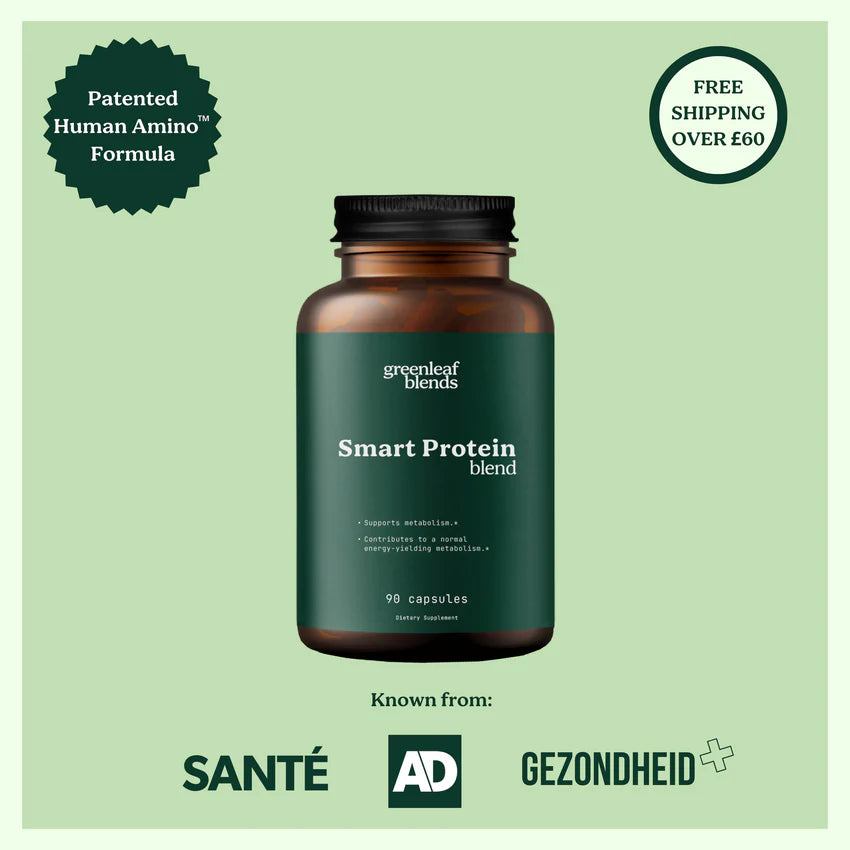
On the product page, you can see that the manufacturers work closely with experts specialized in various health topics.
What finally convinced me were the many positive reviews.
They also gave me a good feeling and I knew I was in the right place.





So how does this Smart Protein work?
Smart Protein consists of 100% pure amino acids, based on the Human Amino Pattern.
It contains exactly the essential amino acids mentioned above, which are so important for overall health.
It also contains two other essential amino acids, which also have numerous positive effects:
- L-Isoleucine: Isoleucine is involved in the hormone regulation of the organism. For example, the amino acid stimulates the release of insulin, which stimulates the absorption of glucose and amino acids from the bloodstream into the muscle cells. This is necessary for both blood sugar regulation and rapid energy production.
- L-Tryptophan: Tryptophan is a precursor to the happiness hormone, serotonin, and can therefore improve the mood. One study found that people who consumed larger amounts of tryptophan were significantly less irritable, depressed, and anxious than subjects who consumed smaller amounts of tryptophan.
But now comes the really crucial part that sets Smart Protein apart from other offerings.
The amino acids in Smart Protein are obtained from the fermentation of chickpeas in a process similar to digestion.
It is absorbed directly through the mucous membranes and, therefore, no autoimmune reaction can be triggered.
Smart Protein is free of lectins, lactose, and gluten, and contains no sugar or other additives.
The advantage of 100% pure crystalline amino acids is that they have a higher purity than amino acid sources from food and other sources, are easily soluble, and are quickly absorbed by the body.
This allows the body to quickly use the amino acids to build and repair tissue.
The self-test - with Smart Protein
That same evening I ordered Smart Protein from the Greenleaf webshop.
The store offered a one-time discount for purchasing three jars, which seemed like a good opportunity to give it a fair trial.
I understood that supporting overall health is often a gradual process rather than an overnight change, so I committed to trying it for a longer period.
Again, it is worth noting that while some customers mention in their reviews that they feel an immediate improvement, it’s important to be aware that this is different for everyone and it is often a longer process.
You provide the body with the necessary nutrients so that the amino acid deficiency is eliminated and the body can produce and convert hormones normally again.
The whole process takes time.
Personally, I gave myself a three-month ultimatum.
My first weeks with Smart Protein
I ordered Smart Protein from the Greenleaf webshop. I bought three jars to give it a fair trial, as I understood that supporting overall health is often a longer process.
After just a few days, the order arrived. There are 90 capsules in one jar, with a recommended daily dose of three capsules (preferably in the morning with a meal).
The packaging is high-quality, and the jar is dark to preserve the active ingredients.
I've been taking three capsules a day, usually after my first meal.
Many customers report feeling improvements quickly. After testing Smart Protein for four days, I began to understand what they meant.
I noticed two things:
- After the first dose, I felt energetic. I've never experienced anything similar with any other nutritional supplement.
- My usual afternoon energy dip has significantly improved.
After a month: better digestion
After almost a month, I realised that my improved energy levels might be related to better digestion. A quick online search showed that amino acids may support gut health.
But make sure to remember that, everyone's experience can be different, and it's always important to consult with a healthcare professional before starting any new supplement regimen.
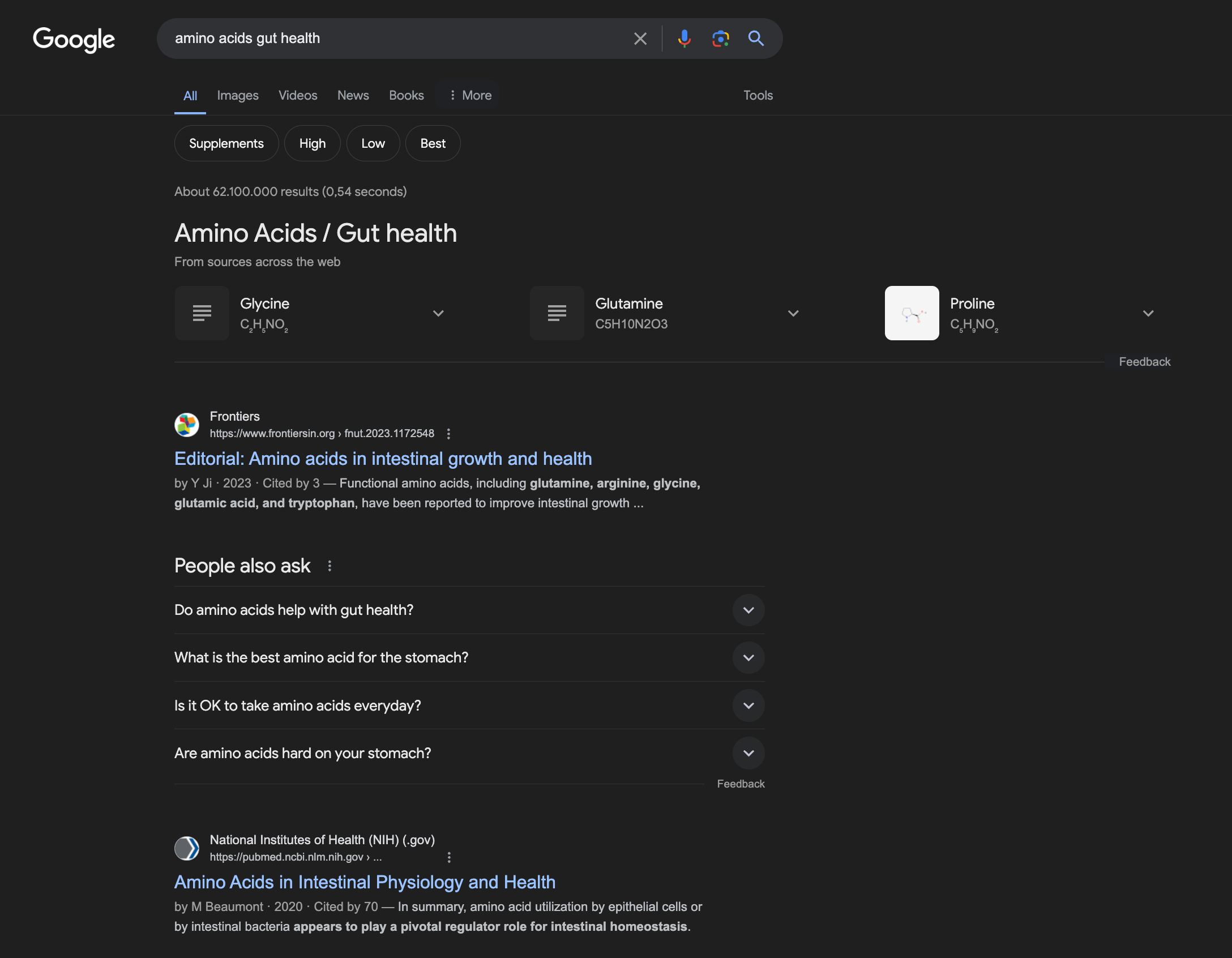
By the way: I find the capsules easy to digest. Even after taking them early in the morning on an empty stomach, I don't feel any discomfort.
I've noticed improvements in my overall well-being. I feel energetic throughout the day, and I feel stronger and more active. Even my colleagues have noticed a change in my energy levels.
In the past, afternoons at the office were challenging because I often felt tired. Now, I'm considering joining a Pilates studio and incorporating more exercise into my routine.
After two months: Feeling better overall
The first two jars of Smart Protein are now empty, and I've placed a repeat order.
Since I started using Smart Protein, I've noticed significant positive changes in my daily life.
I feel less fatigued and more energetic. Thanks to my improved energy levels, I've been able to start exercising again.
I've also noticed a slight weight loss of about three pounds without changing my diet.
I've been regularly checking in with my healthcare provider to monitor my overall health. Together, we've been making adjustments to my wellness plan as needed.
In short: I feel like I have a new zest for life.
For me, you could say, the past few months have been transformative.
I'm glad I came across Smart Protein and would recommend it to anyone looking to support their thyroid health.
I've provided a link below to the Greenleaf Blends online shop, where you can get a discount when buying three jars.
The company behind Smart Protein
The company behind Smart Protein is a young business from Rotterdam called Greenleaf Blends.
Greenleaf Blends produces nutritional supplements specifically made for people with various health considerations.
They also work extensively with experts who specialise in nutrition and wellness.
Click the button now and check the availability of Smart Protein

About the editor
Tanja Fellenberg is 45 years old and has suffered from thyroid problems for years. When she came across a book about the thyroid some time ago, it finally clicked for her. She has delved deeply into the matter for several months and is happy that she has finally found the perfect solution for herself. She has now been able to keep irritating complaints to a minimum and she feels just as vital and fit as when she was in her twenties! She hopes her findings over the past few months will finally bring clarity to this issue and help other people looking to solve their thyroid problems too.
Addendum to the article
Since the publification of this article, many of you have asked questions. That is why I would like to briefly discuss the most important ones:
Should I continue taking my thyroid medication in addition to Smart Protein?
Yes absolutely! Please do not stop taking your medications. Smart Protein is not a drug for hypothyroidism. The amino acids it contains simply support the body in producing T4 and converting it into T3. You can use Smart Protein alongside your medications. If you feel better, you can gradually reduce your thyroid medication in consultation with your doctor. It's best to do this while checking your thyroid levels regularly.
What is the best way to take Smart Protein?
The recommended dosage is 3 to 6 capsules per day. Start with 3 per day in the morning and add 3 more capsules after dinner if necessary.
Can I use Smart Protein in addition to my medications?
Yes. Smart Protein consists of completely natural amino acids. For example, if you ate a very large amount of meat, your body would also absorb a large amount of amino acids. However, give priority to existing medications when taking them. This means, for example, that if you need to take your existing medications on an empty stomach, you should plan the intake of Smart Protein in such a way that there is no conflict with other medications. When you take Smart Protein is generally not that important.
Can I use Smart Protein even if I don't have a thyroid?
Yes, even then you will feel positive effects. Amino acids are the building blocks of the body and give you energy, even if you no longer have a thyroid gland.
What ingredients does Smart Protein contain?
Smart Protein consists of 100% of the following amino acids: Ingredients per dosage of 3 capsules: L-Leucine 205 mg L-valine 141 mg L-isoleucine 115 mg L-lysine 185 mg L-Phenylalanine 72 mg L-Threonine 141 mg L-methionine 35 mg L-Tryptophan 37 mg L-Histidine 37 mg
What makes Smart Protein different from other amino acids?
Smart Protein is based on the Human Amino Pattern, which was researched at the University of Florida. It impresses with its purest quality and 99% bioavailability. Moreover, it is produced in Germany under the highest quality standards.
Can I use Smart Protein if I have histamine intolerance?
If you have a histamine intolerance, it’s best to consult with a healthcare professional or allergist before taking this supplement to determine whether it’s safe for your condition.
Is Smart Protein also suitable for children?
Smart Protein is certainly also suitable for children.
Can Smart Protein be taken during pregnancy or breastfeeding?
The use of Smart Protein is recommended during pregnancy and lactation and can be done without any worries.
Is there a guarantee?
Ze bieden een geld-terug-garantie als je niet tevreden bent met de resultaten. Neem contact op met hun klantenservice via support@greenleafblends.nl voor hulp bij retourzendingen en terugbetalingen.

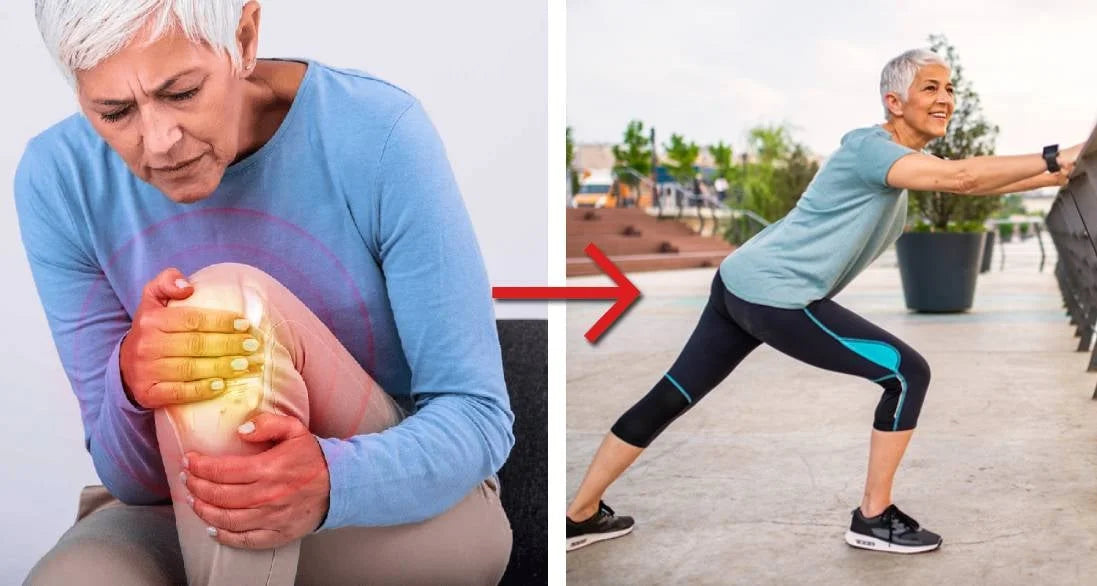
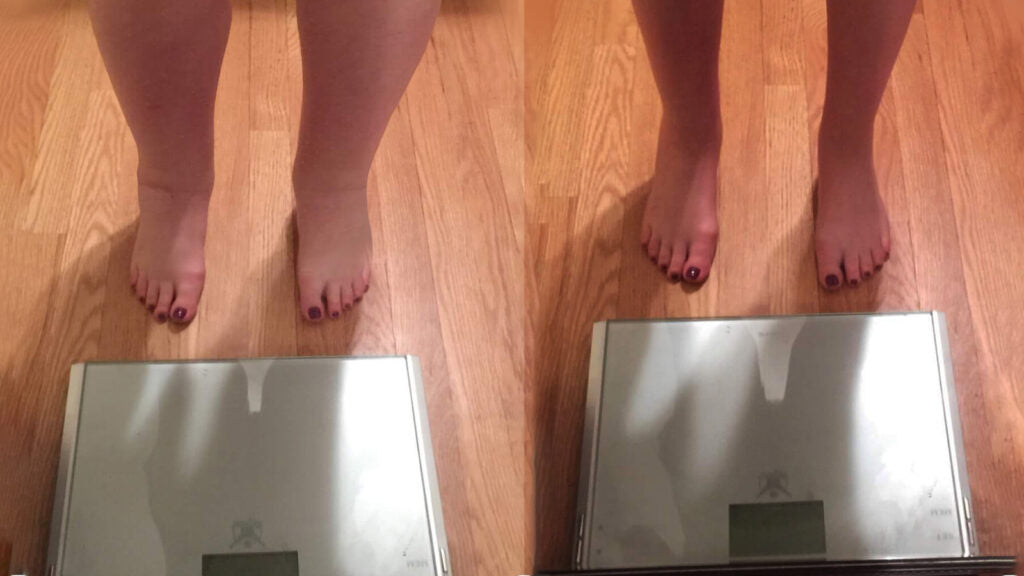


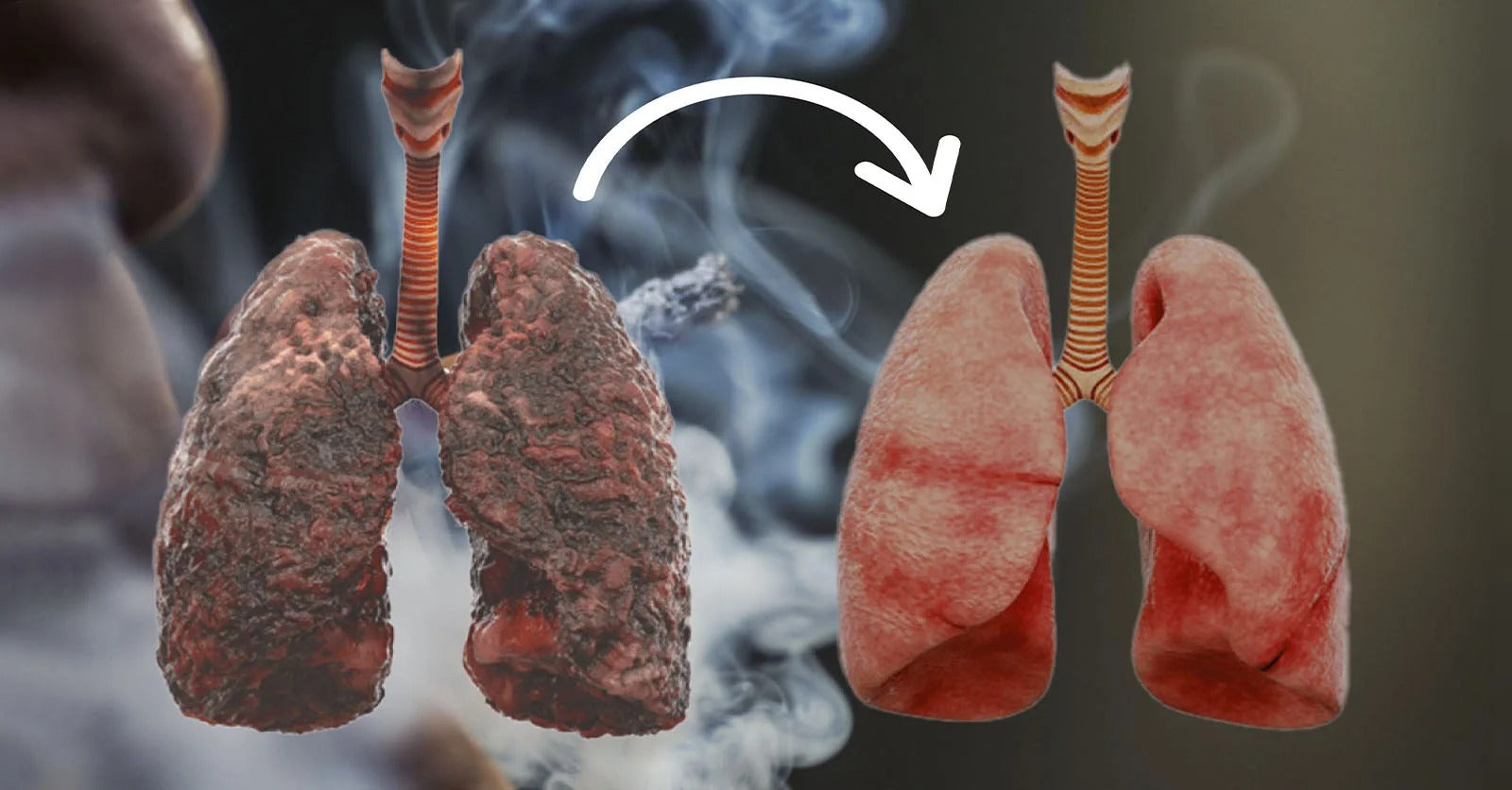
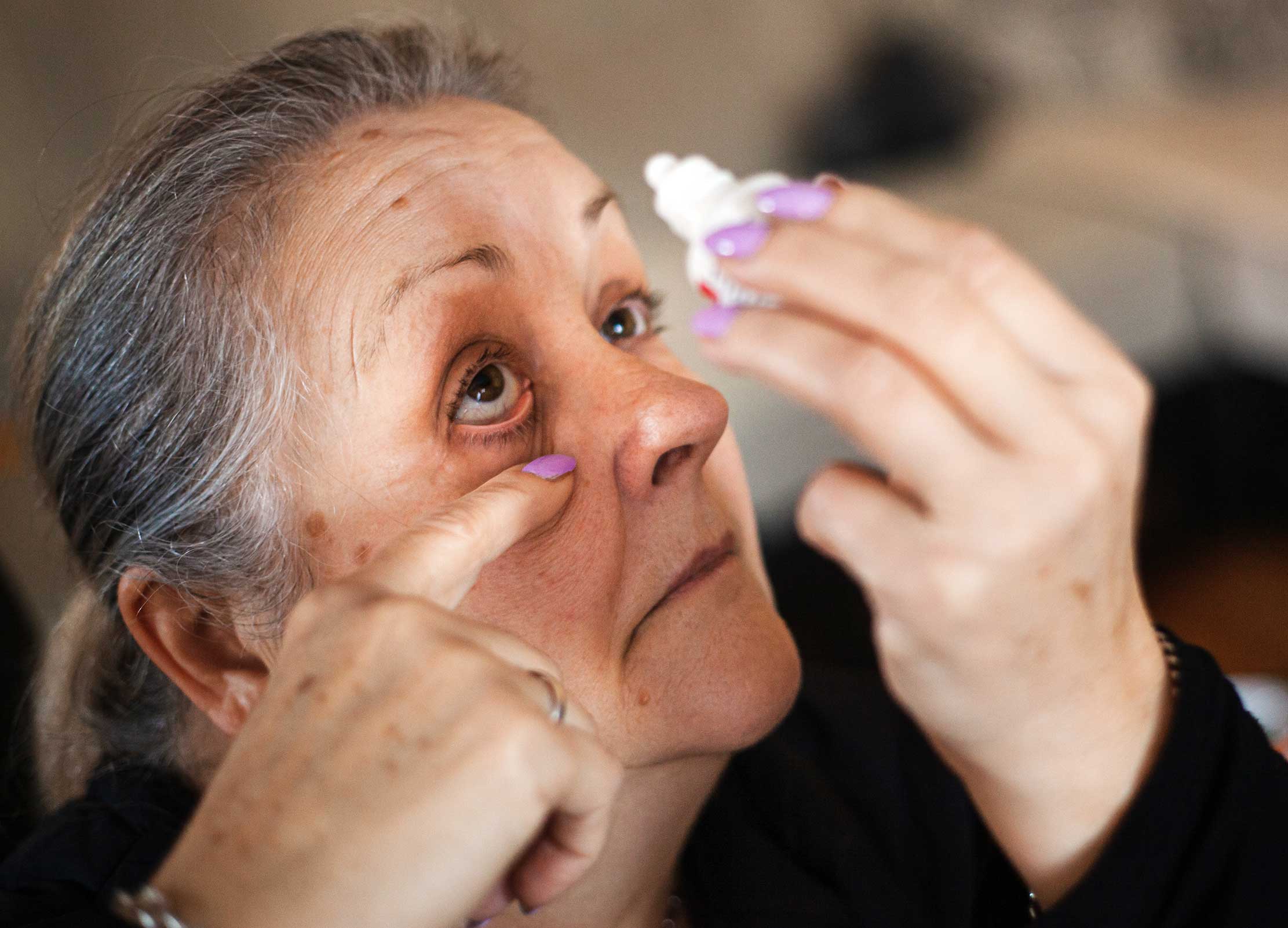



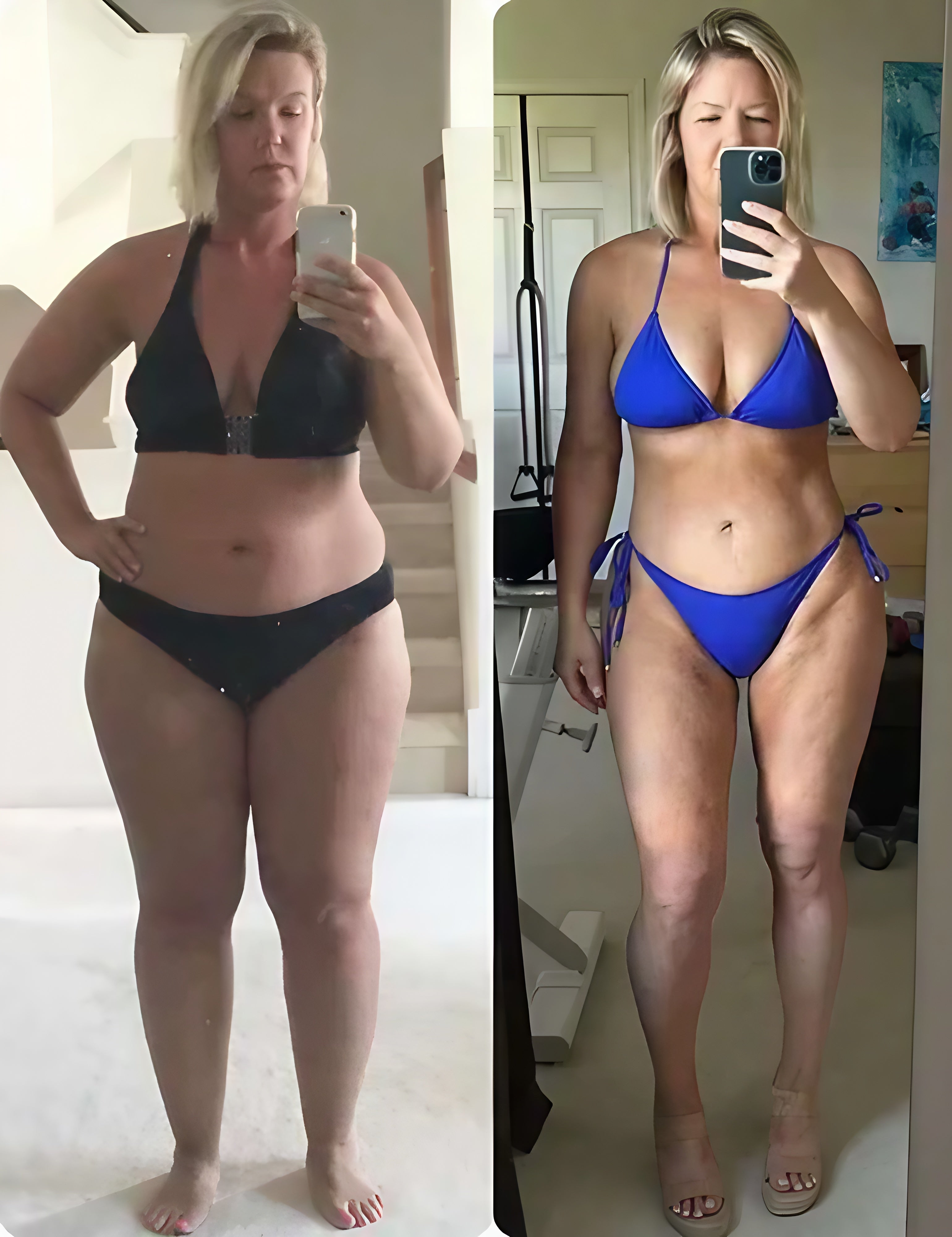

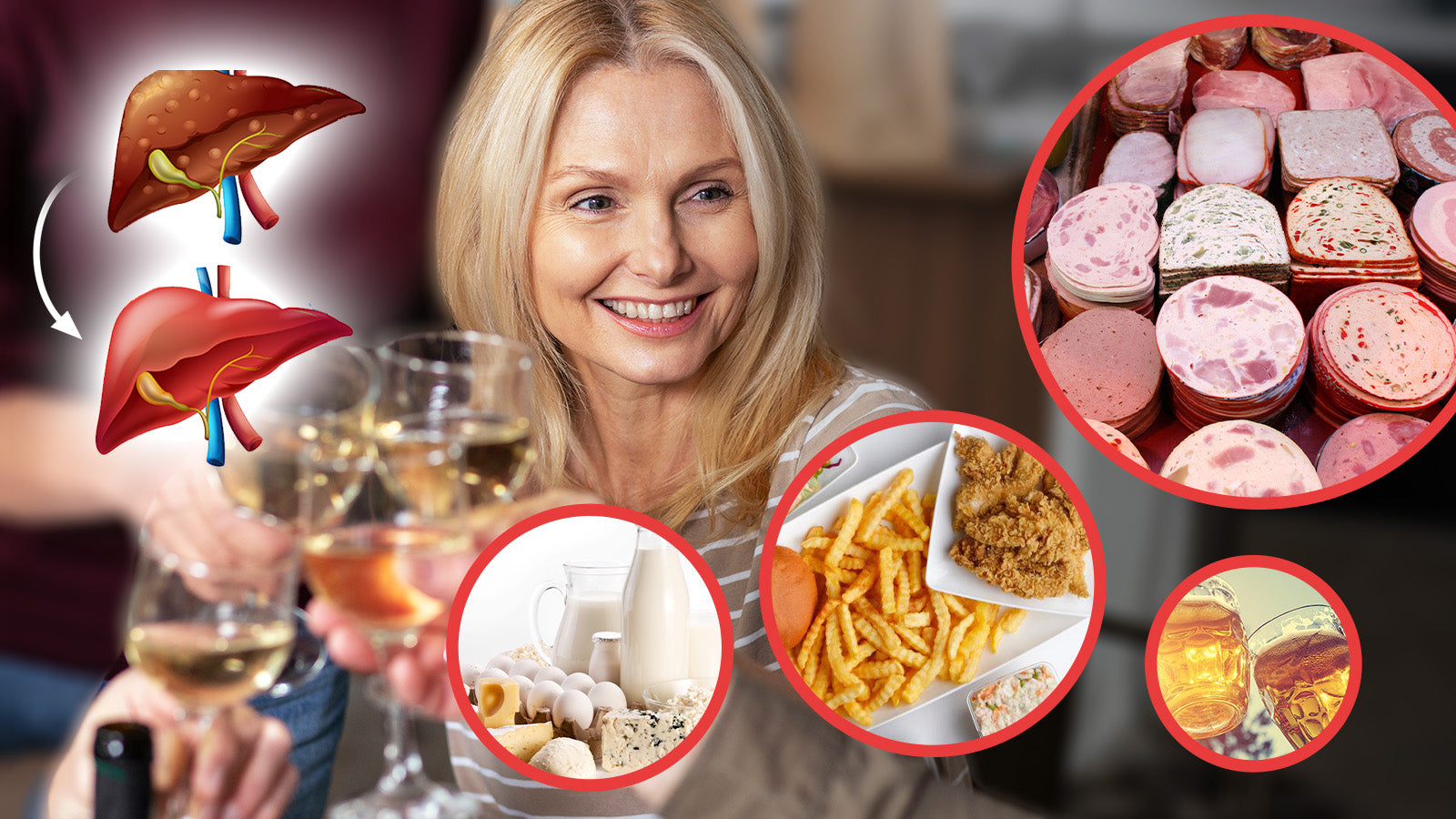
Answers
Sources (original studies in English):
Effects of glutathione on iodothyronine 5'-deiodinase activity: https://pubmed.ncbi.nlm.nih.gov/3383773/